The relationship between humans and animals has been studied extensively, particularly with mammals like dogs and cats that show clear signs of attachment. However, when it comes to exotic reptiles—creatures with drastically different evolutionary histories, brain structures, and social behaviors—the question of emotional bonding becomes more complex. Can a bearded dragon recognize its caretaker? Might a ball python enjoy human interaction? These questions intrigue both reptile enthusiasts and skeptics alike. As exotic reptiles become increasingly popular as pets, understanding the potential depth and nature of the human-reptile relationship becomes more relevant than ever.
Understanding Reptile Cognition
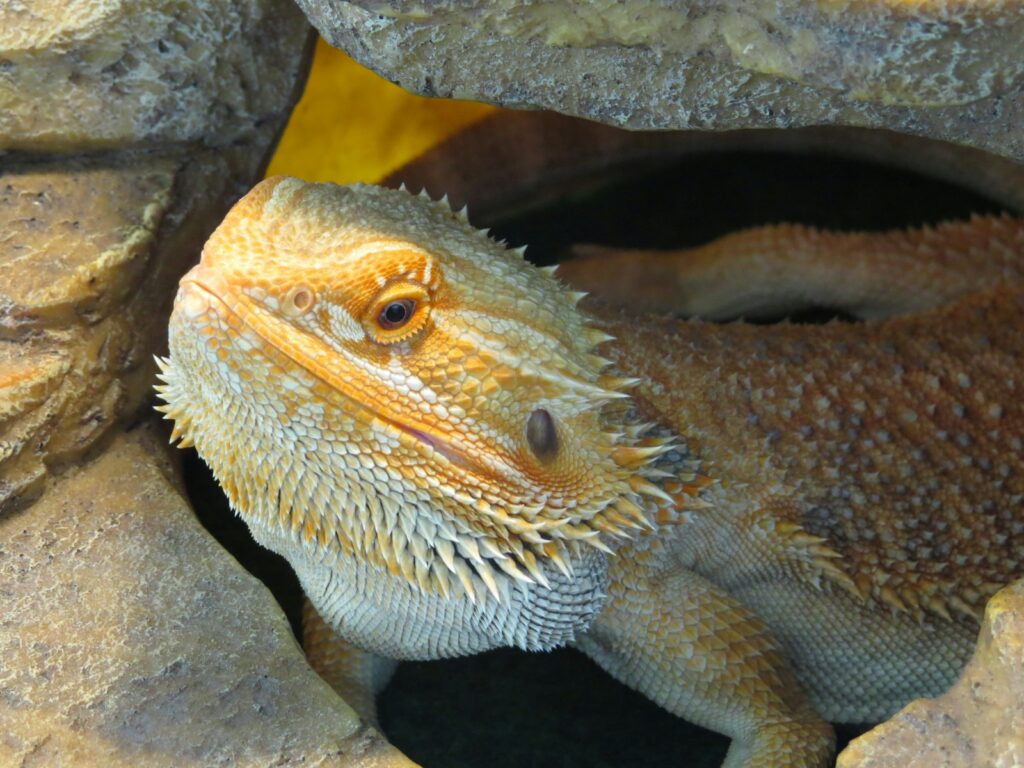
Reptiles possess cognitive abilities that differ significantly from mammals, largely due to their brain structure. Unlike mammals with developed neocortices (the brain region associated with higher-order functions), reptiles have different neural architecture. They possess what scientists call a “reptilian brain,” which handles basic survival functions but lacks the complex structures mammals use for social bonding and emotional processing. However, research in reptile cognition has revealed surprising capabilities. Many species demonstrate spatial memory, can solve simple problems, and show individual behavioral differences that suggest more complex mental processes than previously assumed. These cognitive abilities, while different from mammals, provide the foundation for potential forms of recognition and attachment to their caretakers.
The Science of Reptilian Recognition
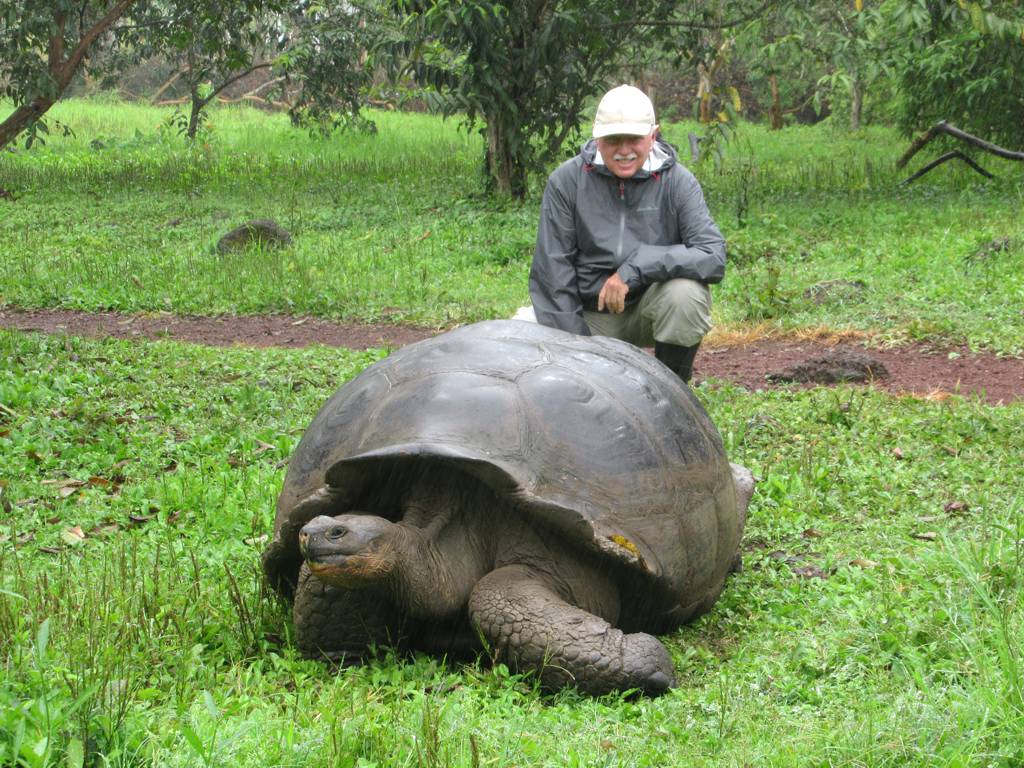
Scientific studies have demonstrated that several reptile species can recognize individual humans. For instance, research with bearded dragons has shown they can distinguish between familiar and unfamiliar human faces. In controlled experiments, these lizards responded differently to their regular caretakers compared to strangers, suggesting visual recognition capabilities. Certain tortoises have demonstrated the ability to recognize their keepers even after long periods of separation. The mechanisms behind this recognition likely involve visual cues, scent detection, and association of humans with positive experiences like feeding. While this recognition doesn’t necessarily equate to emotional attachment as mammals experience it, it does indicate a level of cognitive discrimination that forms the basis for what owners might interpret as a bond.
Species Variations in Bonding Potential
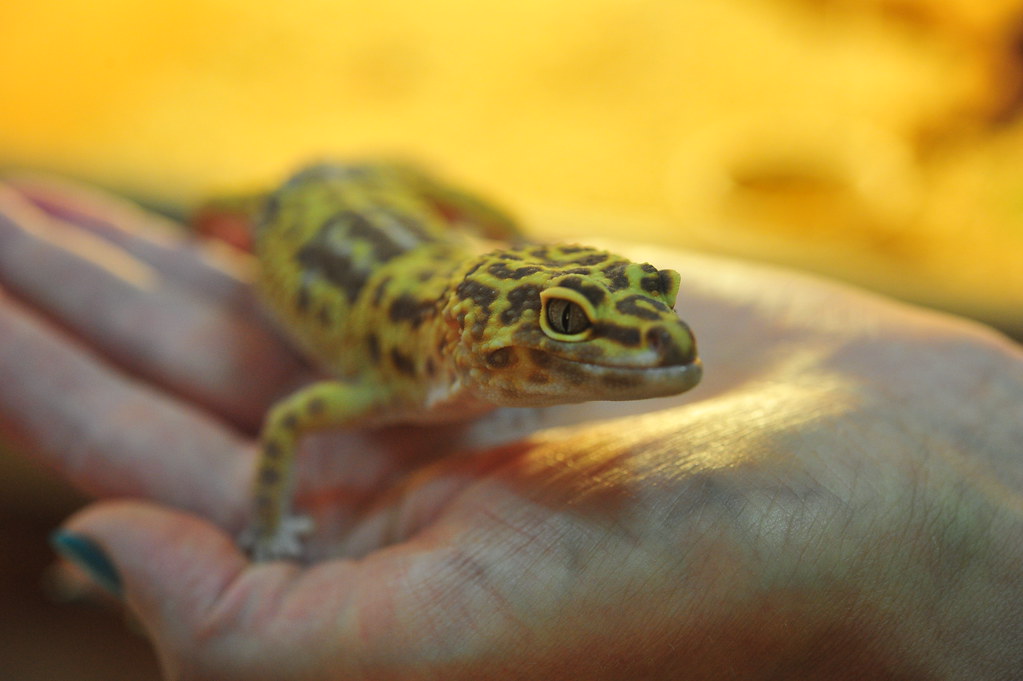
The capacity for human-reptile interaction varies dramatically across different reptile species. Bearded dragons and tegus are often cited as among the most “social” reptiles, frequently seeking interaction with their keepers and showing signs of recognition. Ball pythons, while generally docile, typically tolerate rather than seek human interaction. Green iguanas can form strong recognition patterns with regular handlers but may be territorial and aggressive toward strangers. Leopard geckos may become accustomed to handling but rarely demonstrate seeking behaviors toward humans. These variations stem from evolutionary adaptations, natural social structures (or lack thereof), and species-specific behavioral traits. Understanding these differences is crucial for potential owners who hope to develop relationships with their reptilian companions.
Signs of Comfort and Trust in Reptiles
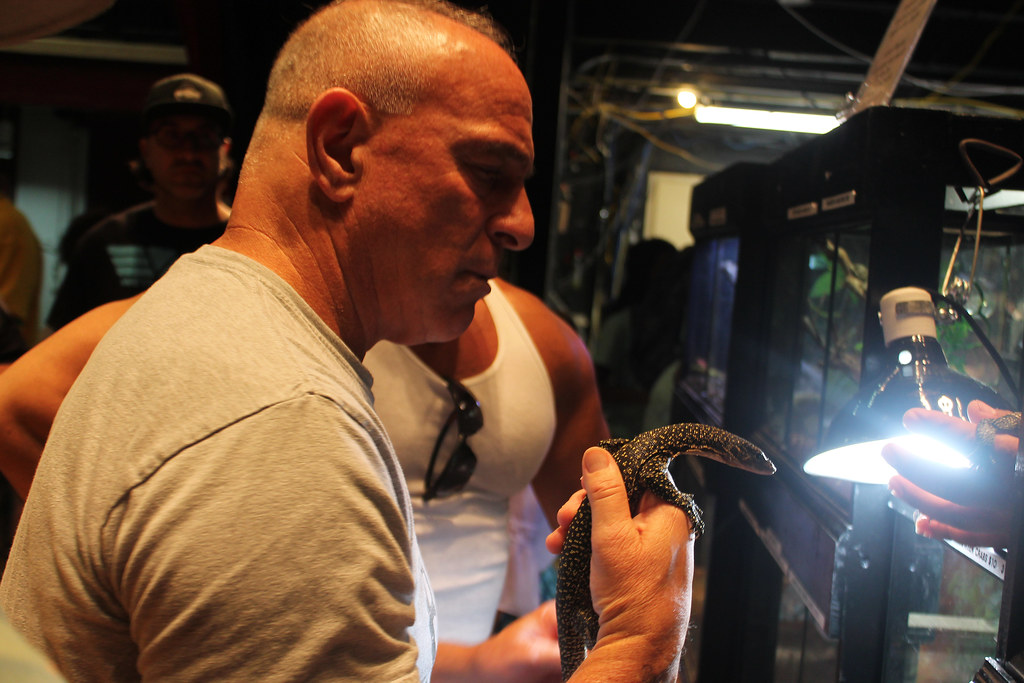
While reptiles may not display affection in ways humans easily recognize, they do exhibit behaviors that suggest comfort and trust with their caretakers. A relaxed posture, willingness to eat in the owner’s presence, and voluntary approach behaviors are strong indicators of trust in many reptile species. Bearded dragons may show preference by voluntarily climbing onto their owners or maintaining proximity when given freedom to move away. Decreased defensive postures over time, such as a tegus or monitor lizard allowing handling without tail whipping or puffing up, indicates growing comfort. Some owners report their reptiles seeking warmth by resting on them or showing excitement during interactions. These behaviors, while not emotional bonding in the mammalian sense, represent significant trust development between reptile and human.
The Role of Classical Conditioning
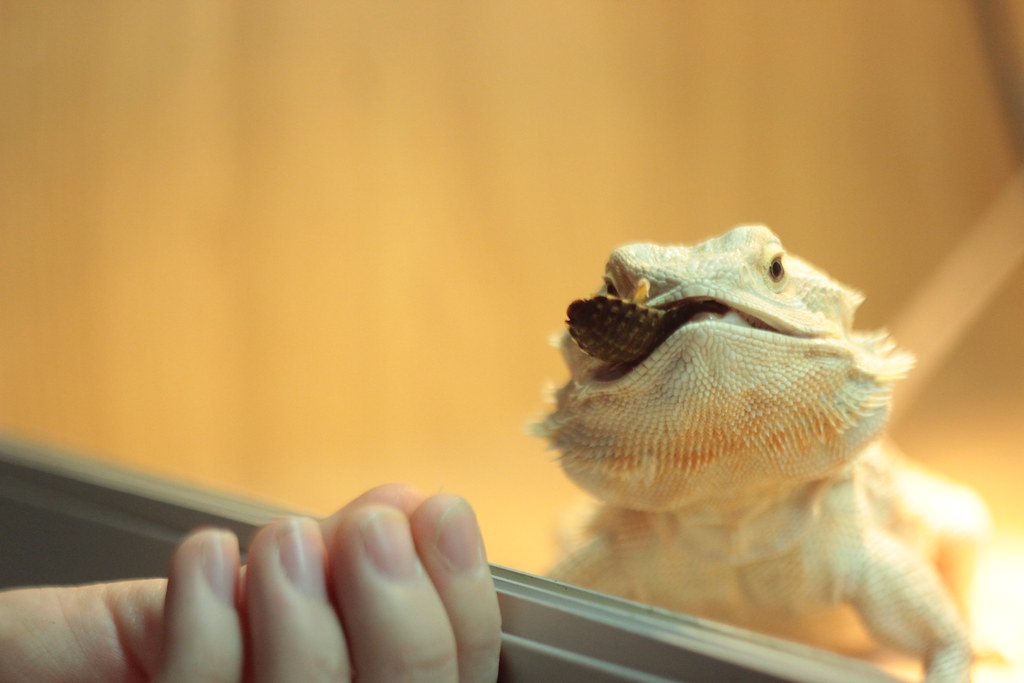
Many behaviors that appear as bonding in reptiles can be explained through classical conditioning rather than emotional attachment. Reptiles are highly capable of associative learning, connecting their owners with positive outcomes like food, warmth, or environmental enrichment. A bearded dragon that approaches its owner may primarily be responding to the association between the human and feeding time rather than seeking affection. This conditioning creates behavior patterns that mimic aspects of mammalian bonding but originate from different cognitive processes. However, this doesn’t diminish the significance of these interactions, as consistent positive associations build trust and can create meaningful human-reptile relationships. The distinction lies in understanding that reptilian “affection” stems primarily from these associative processes rather than the emotional drivers seen in mammals.
Daily Handling and Its Impact
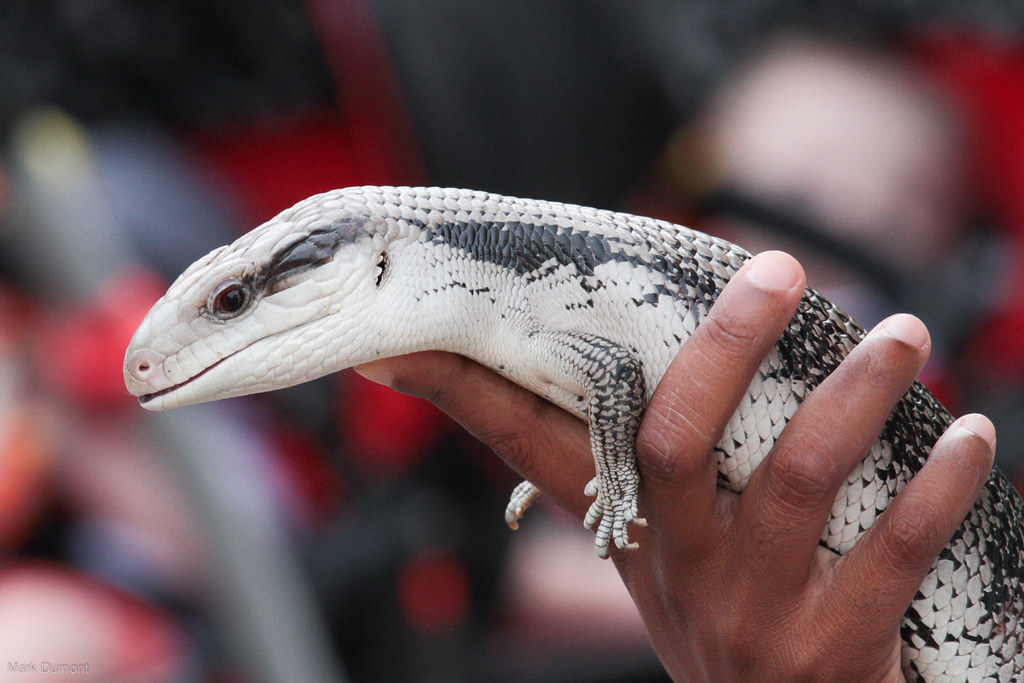
Regular, gentle handling plays a crucial role in acclimating reptiles to human interaction and building what owners perceive as bonds. Consistent handling from a young age often results in reptiles that are more comfortable with human contact throughout their lives. This practice creates predictability and reduces stress responses that might otherwise occur during necessary handling for health checks or habitat maintenance. The approach to handling should be species-appropriate—while bearded dragons often tolerate daily interaction, sensitive species like chameleons may become stressed with frequent handling. Some species like blue-tongued skinks and certain monitor lizards become noticeably more tolerant and even seek interaction after months of careful, positive handling experiences. The key is respect for the individual animal’s comfort level and gradual acclimation to human contact.
Temperature and Behavior Connections
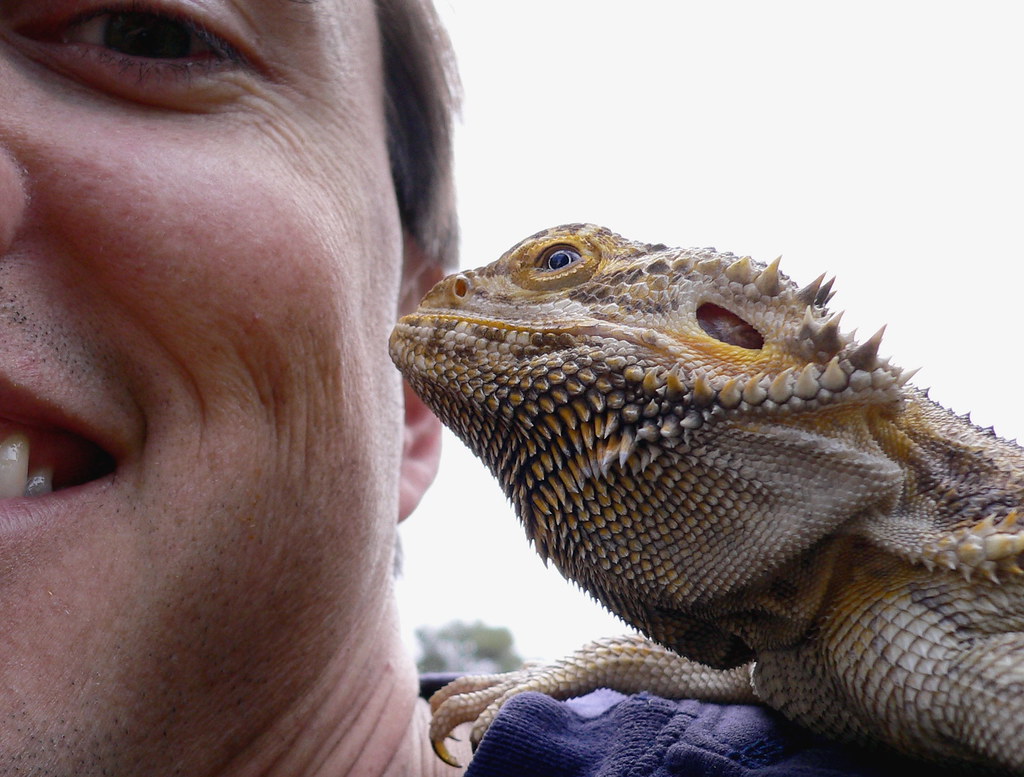
As ectothermic (cold-blooded) animals, reptiles’ activity levels and behavioral responses are strongly influenced by their body temperature. What might appear as affection or recognition could sometimes be thermally motivated behavior. A reptile climbing onto an owner’s shoulder might primarily be seeking the warmth their body provides rather than expressing affection. Morning lethargy in reptiles isn’t disinterest but simply reflects their lower body temperature before basking. Conversely, reptiles may appear more “social” and active after reaching optimal temperature ranges. This thermal dependence creates an additional layer of complexity when interpreting reptilian behavior toward humans. Understanding this connection helps owners distinguish between temperature-seeking behaviors and potential recognition or comfort with human interaction.
The Intelligence of Tegu Lizards
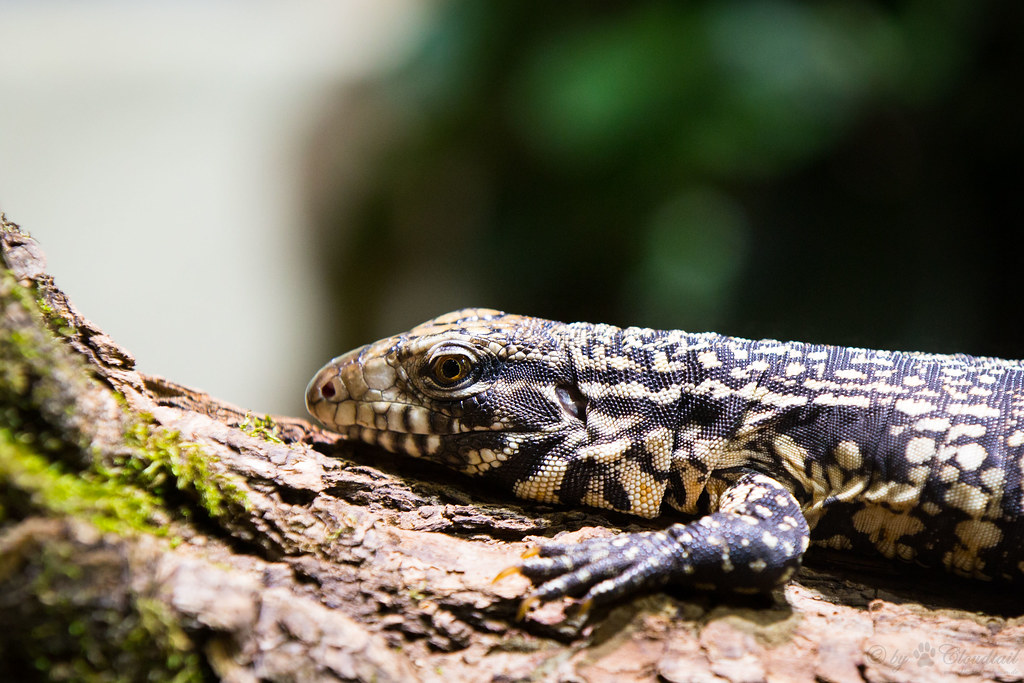
Argentine tegus (Salvator merianae) represent one of the most compelling examples of potential reptile-human bonding. These large South American lizards display remarkable cognitive abilities compared to many other reptiles. Tegu owners frequently report their pets recognizing them individually, responding to their names, seeking interaction beyond feeding times, and even following their caretakers around like dogs. Research has confirmed tegus can solve simple problems, navigate mazes, and display individual personality traits. Their larger brain-to-body ratio compared to many reptiles may contribute to these advanced capabilities. While still fundamentally different from mammalian social bonding, tegus demonstrate how some reptile species can develop complex recognition patterns and apparent preferences for specific humans, challenging simplistic views about reptilian cognitive limitations.
Understanding Reptile Body Language
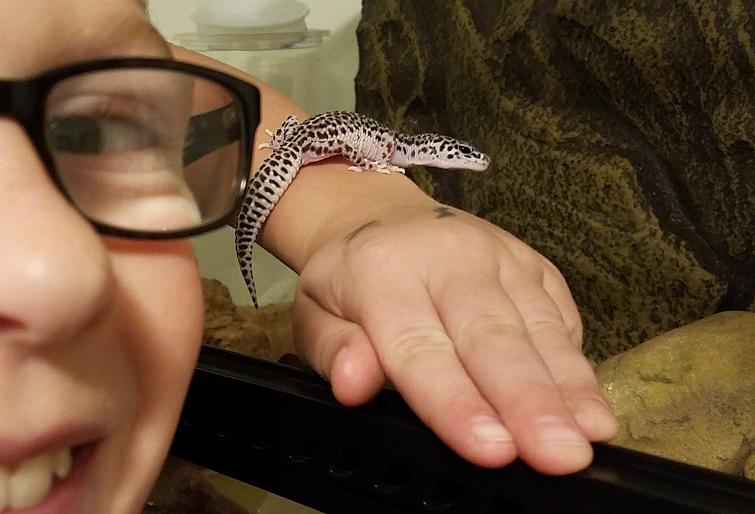
Interpreting reptile body language correctly is essential for assessing comfort levels and what might constitute “bonding” behaviors. Relaxed posture, slow and deliberate movements, and voluntary approach are generally positive indicators across many species. Head-bobbing in bearded dragons, while sometimes territorial, can also indicate recognition when performed gently toward a familiar person. Closed eyes during handling in certain species like leopard geckos may indicate comfort rather than fear. Negative signals include puffed throats, hissing, tail whipping, or rapid retreat behaviors. These communication methods are subtle compared to mammals and require species-specific knowledge to interpret accurately. Learning to read these cues helps owners respect boundaries and build trust, which forms the foundation of what might be considered a reptilian version of bonding.
Enrichment and Interaction Benefits
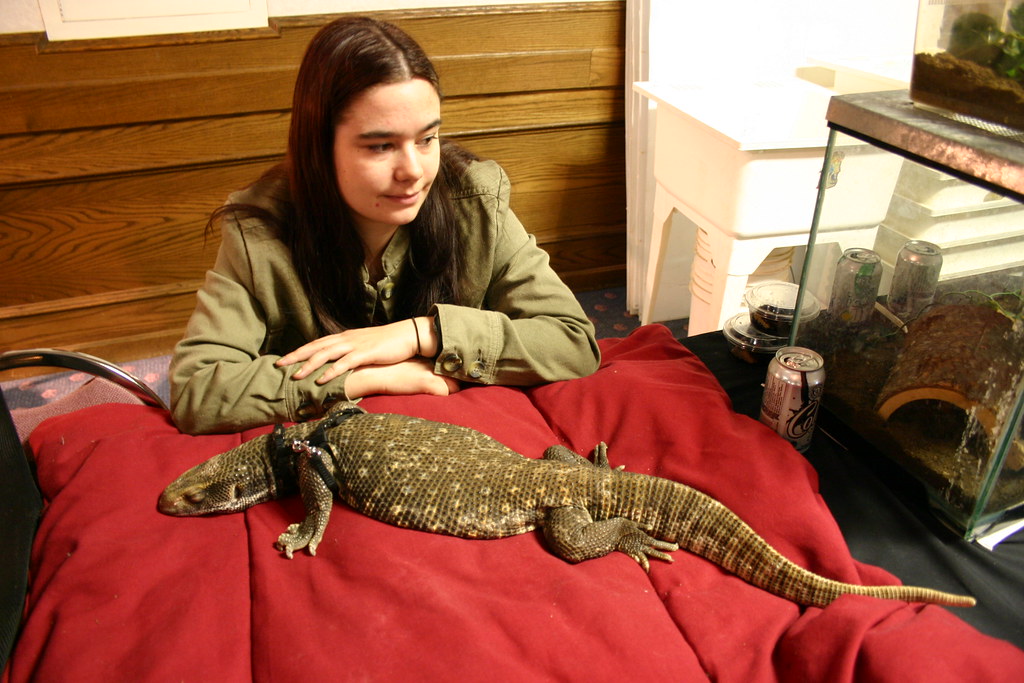
Beyond the question of emotional bonding, positive human interaction provides valuable environmental enrichment for captive reptiles. Activities like supervised exploration outside the enclosure, novel objects to investigate, and gentle interaction stimulate natural behaviors and cognitive functions. This mental stimulation can improve overall welfare and prevent behavioral issues associated with captive boredom. For species with higher cognitive abilities like monitors and tegus, problem-solving activities during interaction sessions can be particularly beneficial. Even for species less inclined toward human interaction, appropriate enrichment from caretakers promotes physical health through exercise and mental well-being through sensory stimulation. These benefits exist regardless of whether the reptile forms an emotional attachment, making positive interaction valuable even from a purely welfare-oriented perspective.
Comparing Reptile and Mammal Bonding
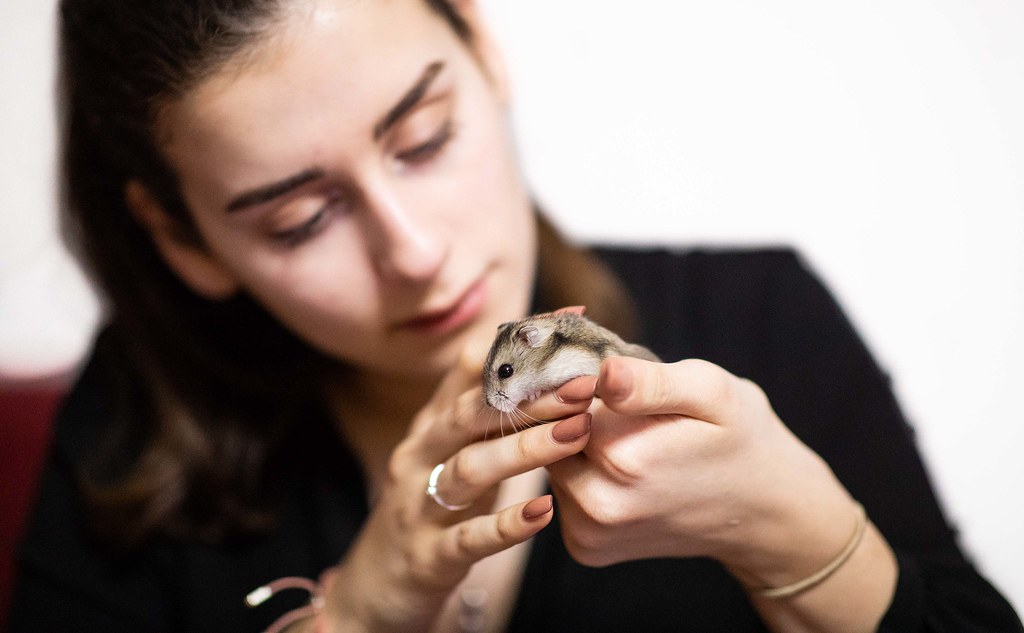
The fundamental differences between reptilian and mammalian bonding reflect evolutionary divergence that occurred over 300 million years ago. Mammals evolved complex social structures requiring emotional bonding for survival, particularly through parent-offspring relationships and group living. These adaptations drove the development of brain regions specifically dedicated to social processing and emotional attachment.
Reptiles generally evolved with different survival strategies that didn’t prioritize social bonding in the same way, resulting in brain structures focused on different capabilities. Mammalian pets like dogs release oxytocin (the “bonding hormone”) when interacting with their owners—a physiological response not documented in reptiles. These differences don’t make reptilian relationships less valid, but they do suggest that human-reptile bonds likely operate through different mechanisms than the emotional attachment seen with mammals.
Owner Experiences and Anecdotal Evidence
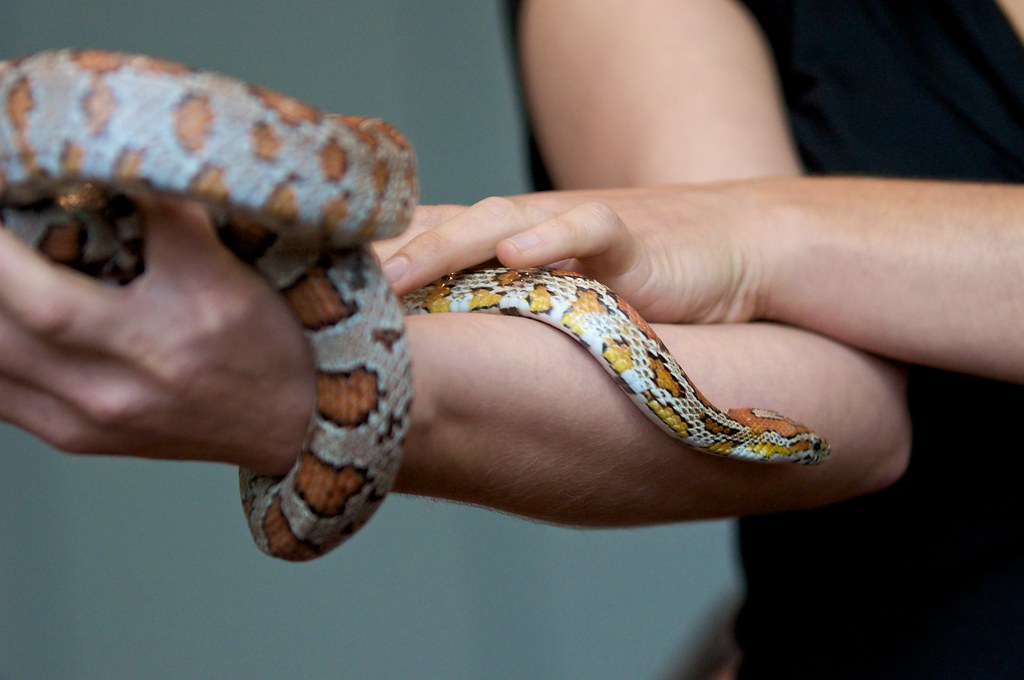
The reptile-keeping community abounds with anecdotal reports of bonding behaviors that challenge scientific skepticism about reptilian emotional capabilities. Long-term owners frequently describe their reptiles recognizing them specifically, showing excitement during interactions, and displaying apparent preferences for certain people. Some report their reptiles seeking them out when given freedom to explore, or showing distress when separated from their primary caretaker. While these observations don’t constitute scientific evidence, the consistency of such reports across different species and keeping situations suggests meaningful patterns worth further investigation.
These experiences highlight how the daily reality of human-reptile relationships often exists in a gray area between purely conditioned responses and what owners perceive as genuine connection. The subjective nature of these experiences doesn’t diminish their significance to the human-animal bond that develops.
Ethical Considerations in Reptile Keeping
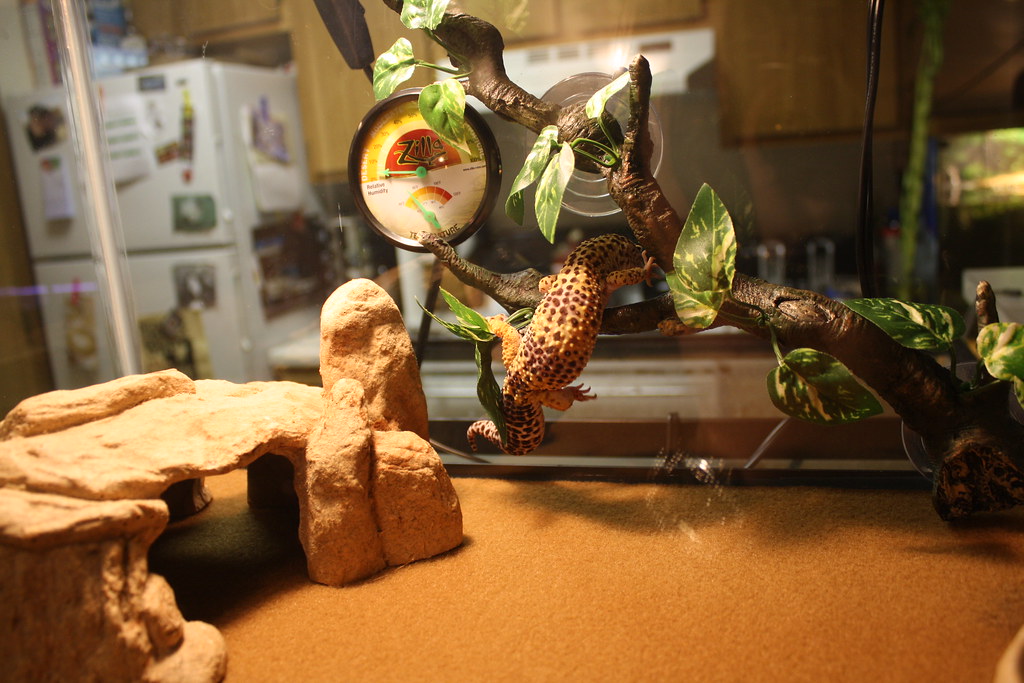
Understanding the true nature of human-reptile relationships raises important ethical considerations about exotic reptile keeping. Reptiles have evolved specific behavioral needs and natural histories that captive environments must accommodate, regardless of their capacity for human bonding. Expecting mammal-like affection from reptiles can lead to disappointment and potentially harmful practices like excessive handling of stress-prone species.
Responsible ownership requires respecting the animal’s nature rather than projecting human emotional needs onto creatures with fundamentally different evolutionary backgrounds. This includes providing appropriate habitats, temperatures, diets, and interaction levels based on species-specific requirements. The most ethical approach recognizes that while meaningful human-reptile relationships can develop, these relationships should be built around understanding and accommodating the reptile’s natural behaviors rather than expecting them to adapt to human social expectations.
Conclusion: The Unique Nature of Human-Reptile Bonds
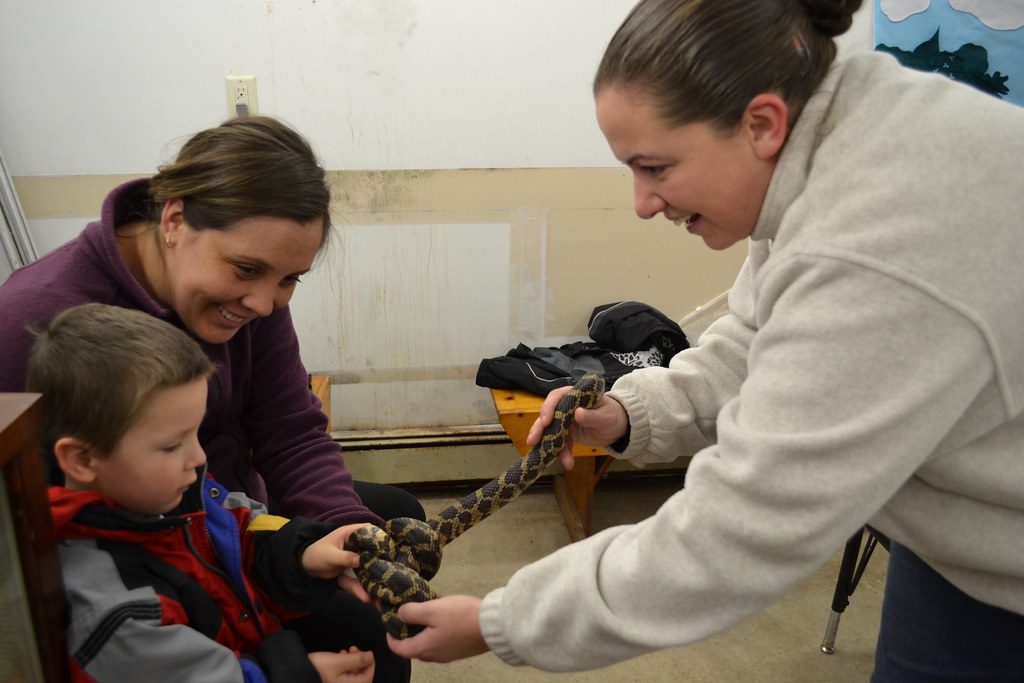
While exotic reptiles may not form emotional attachments in the mammalian sense, they can develop meaningful relationships with their caretakers through recognition, trust, and positive association. These relationships, though different from those with dogs or cats, have their own unique value and complexity. The reptilian capacity for individual recognition, preference formation, and trust-building behaviors suggests connections that transcend simple stimulus-response patterns, even if they don’t mirror mammalian social bonding. For reptile enthusiasts, understanding these distinctions allows for more realistic expectations and deeper appreciation of the subtle ways reptiles interact with their human caretakers. Perhaps the question isn’t whether reptiles can bond in the mammalian sense, but rather how we can better understand and value the unique forms of connection possible between humans and these fascinating evolutionary distant companions.

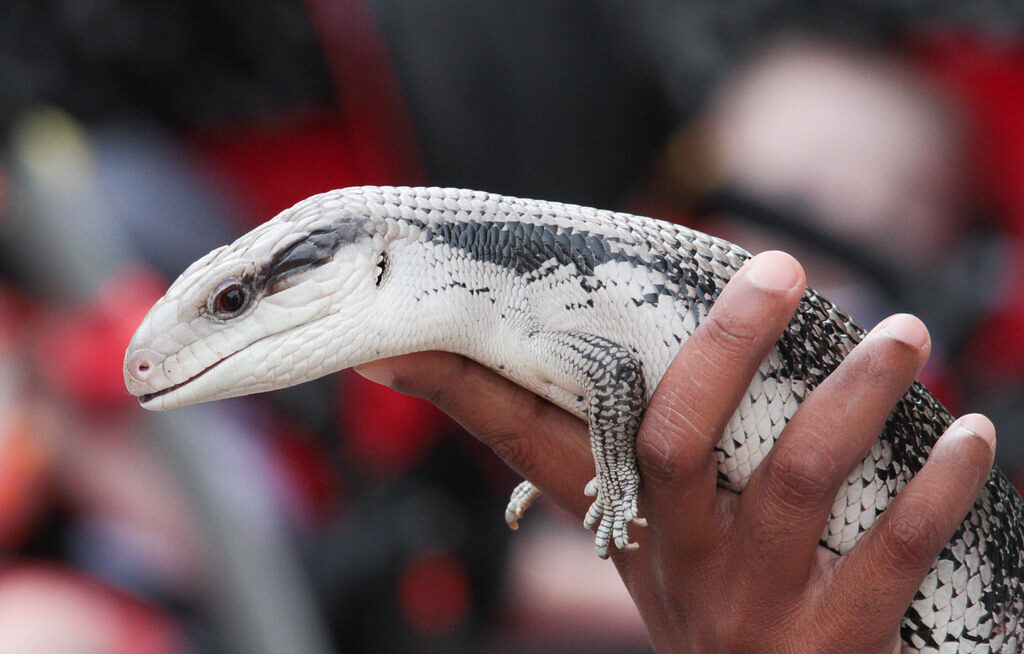

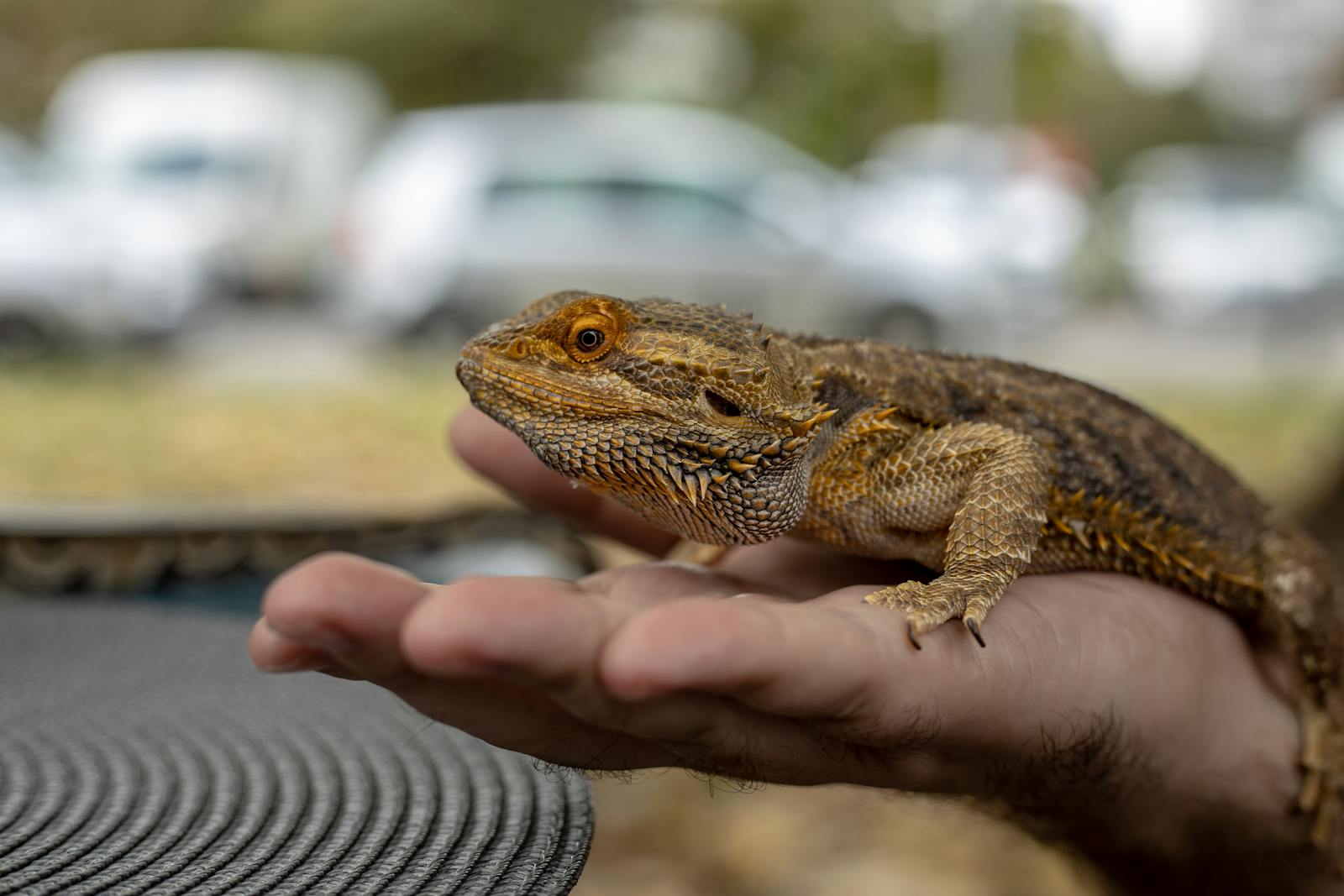
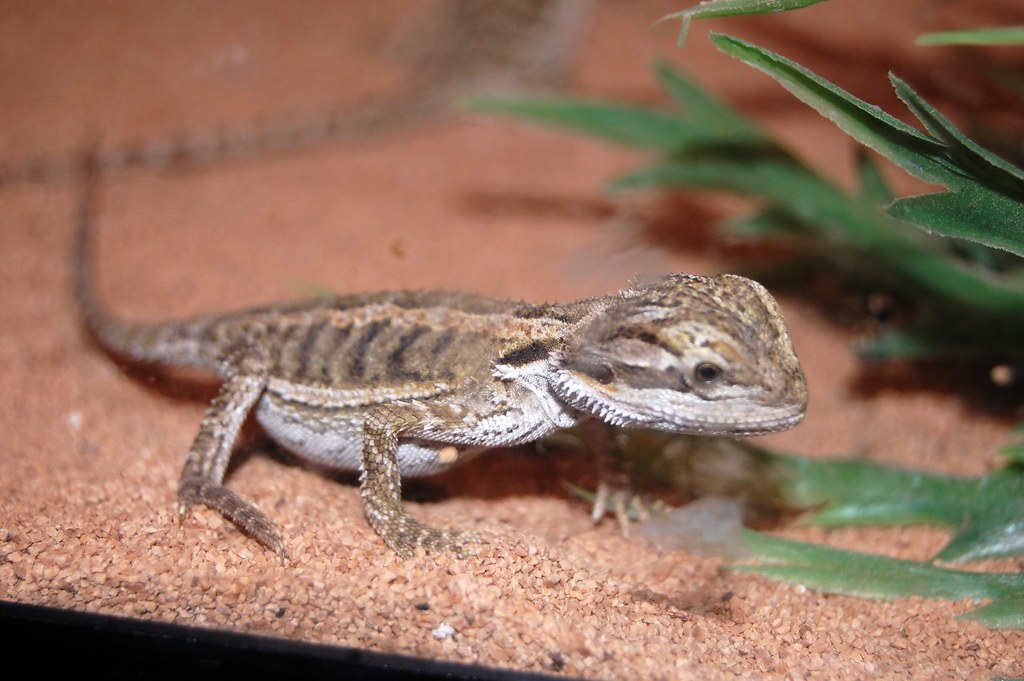
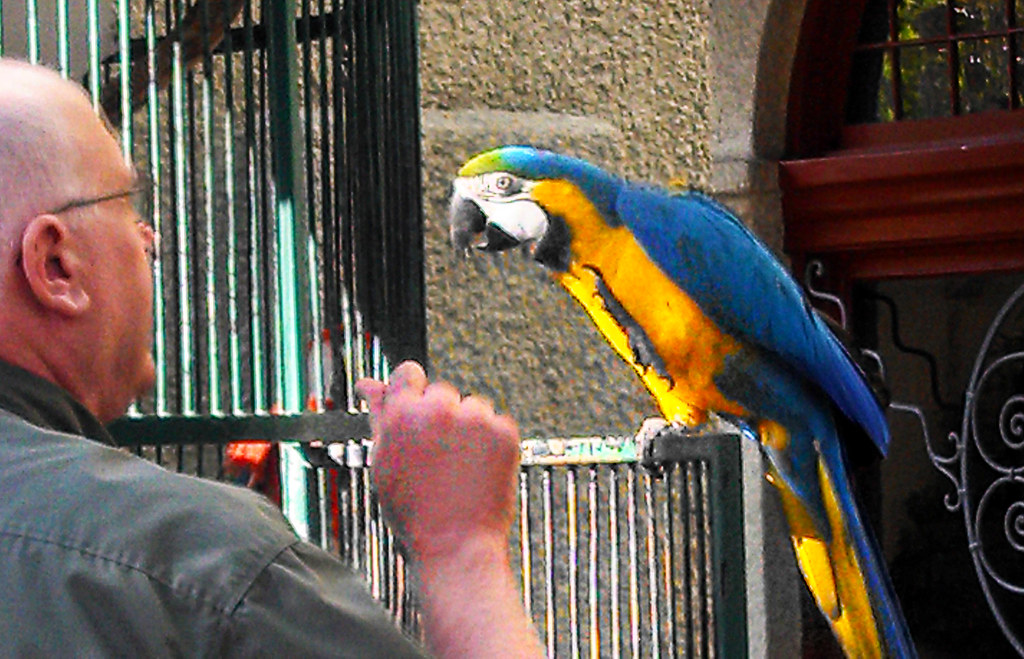
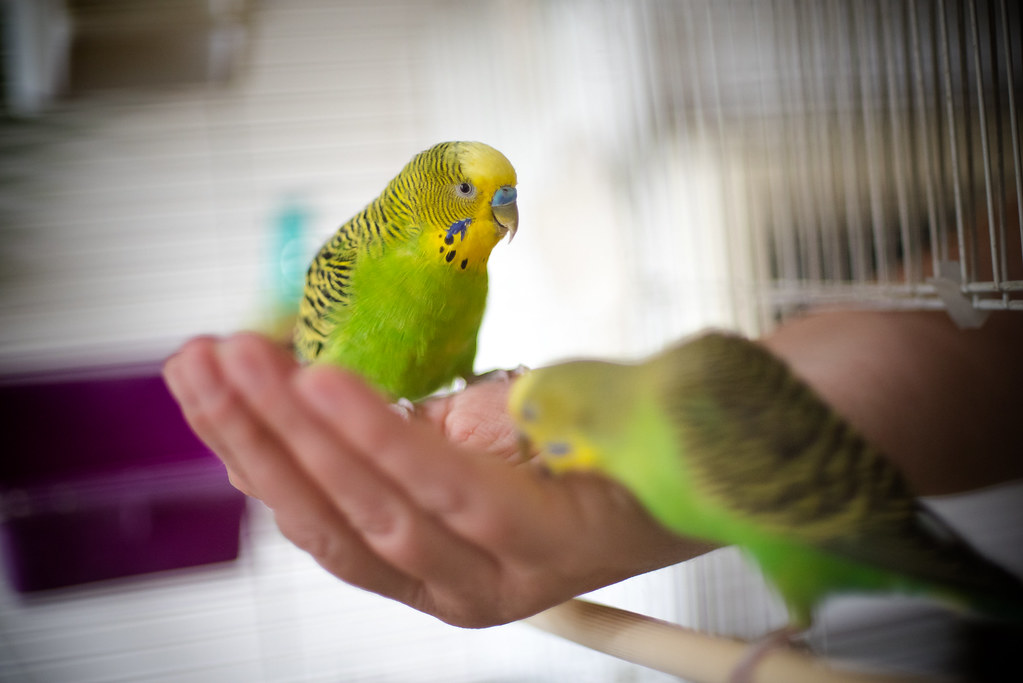
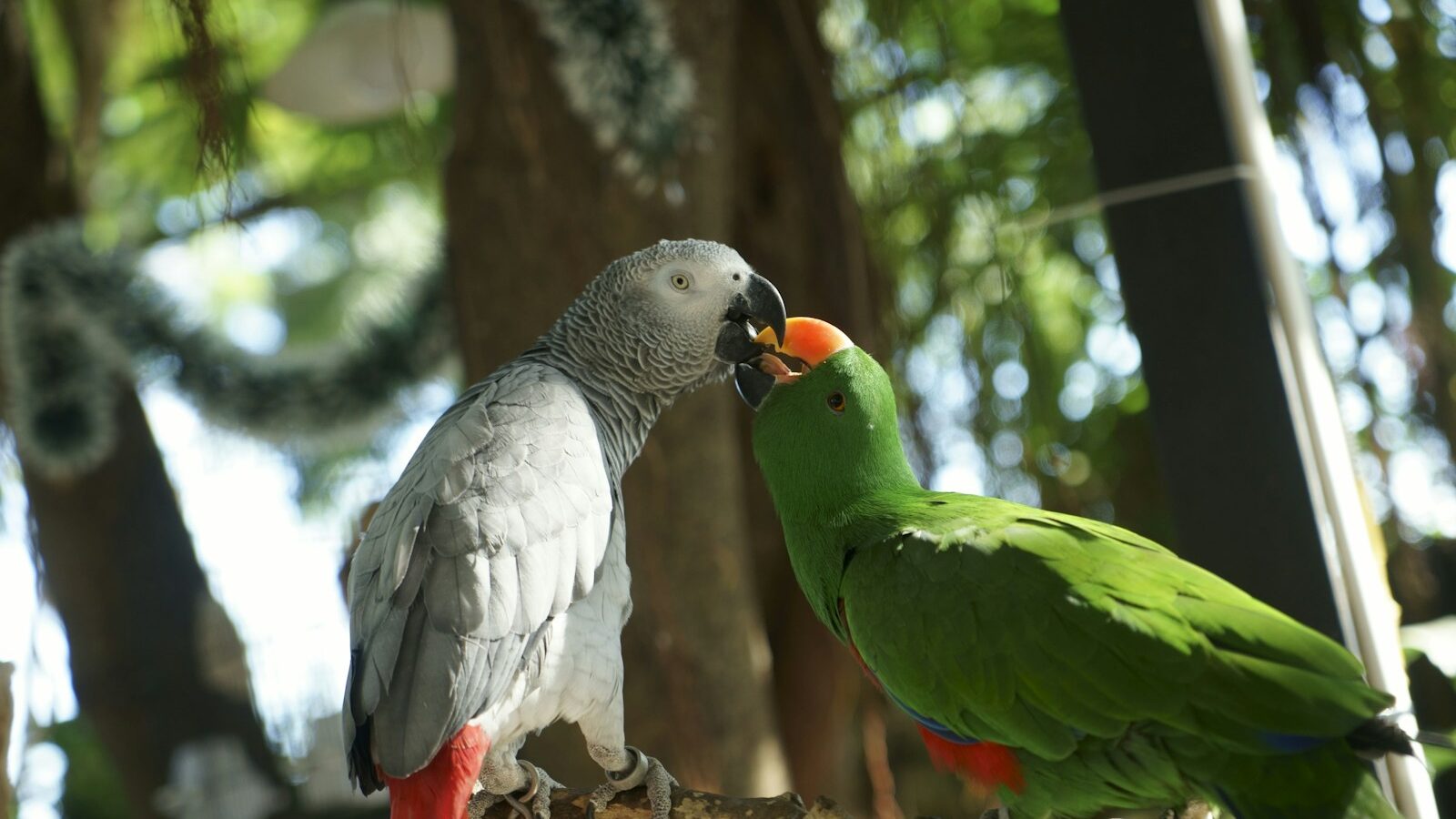


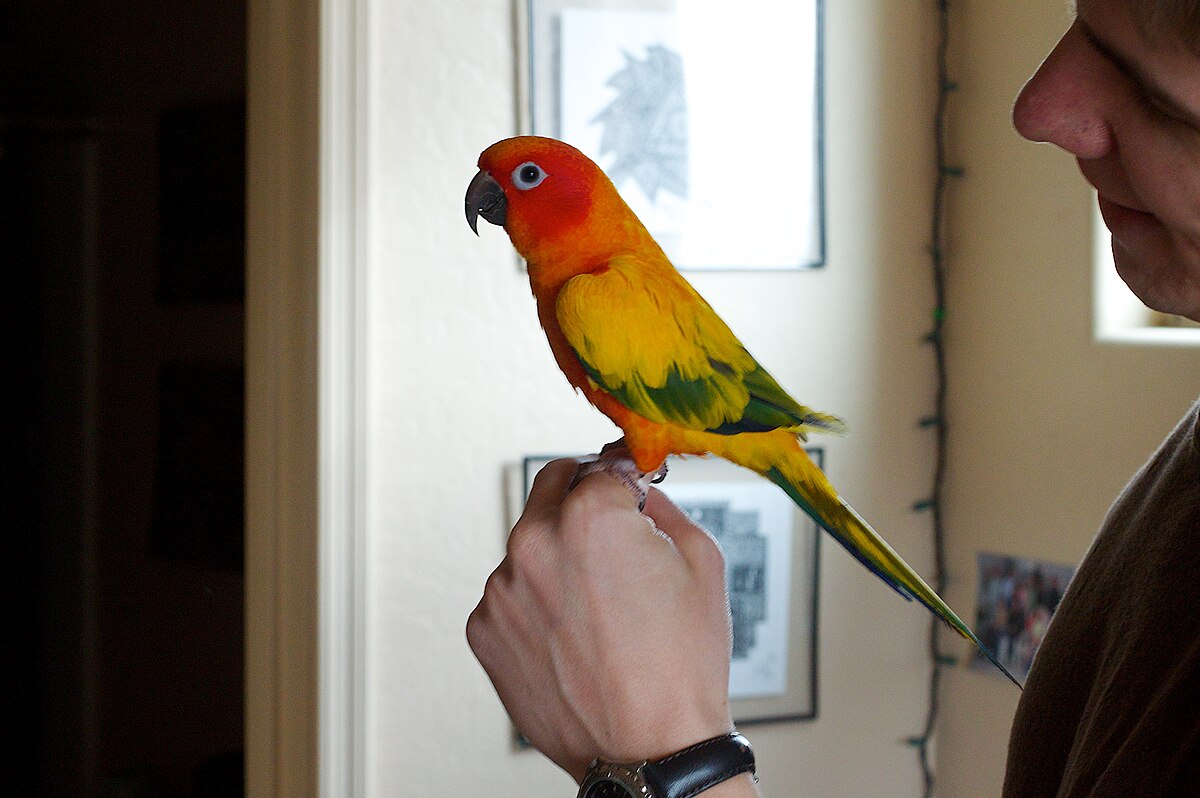
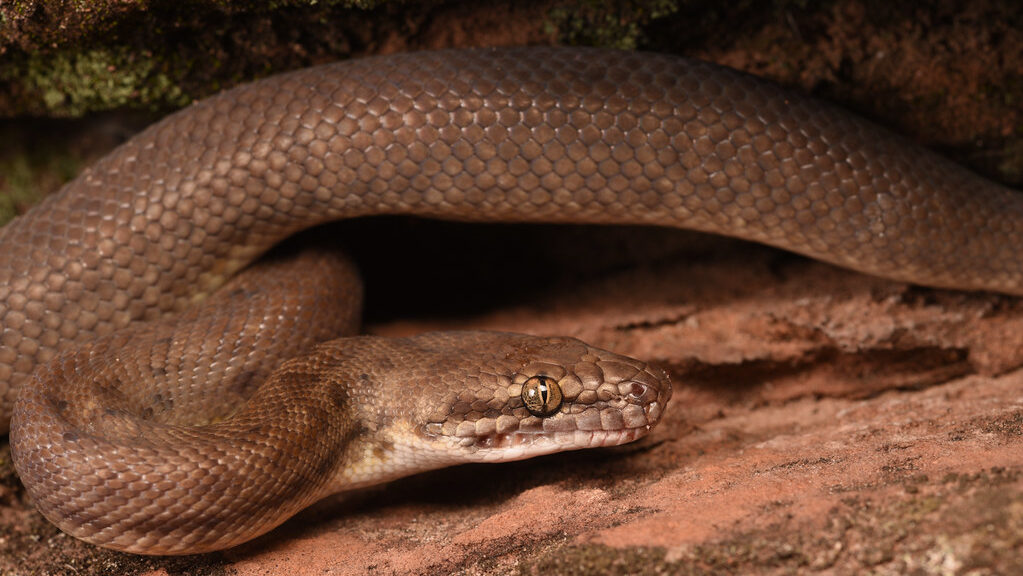



Leave a Reply